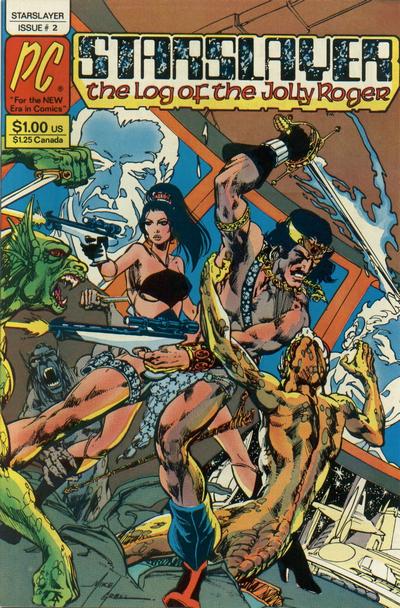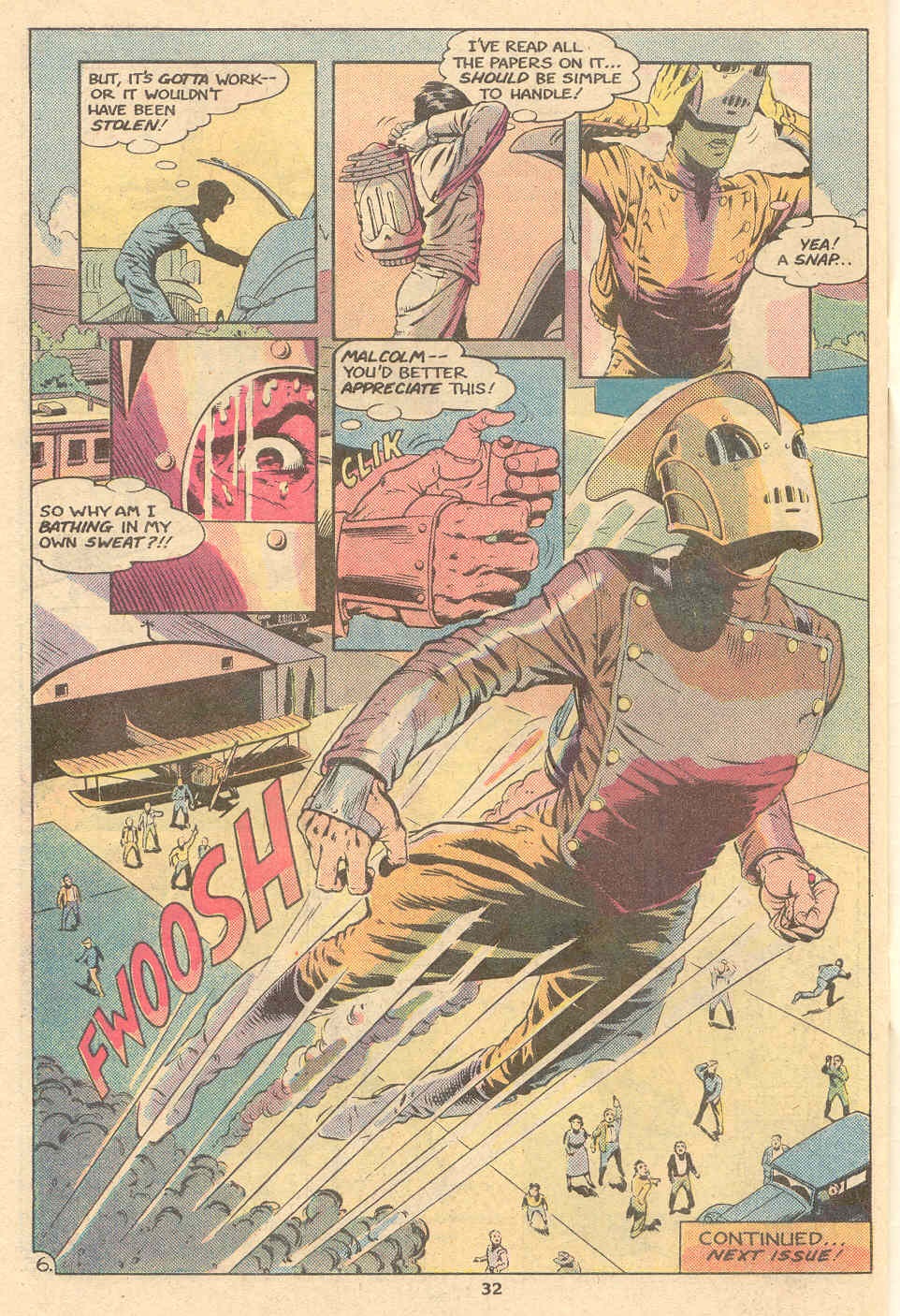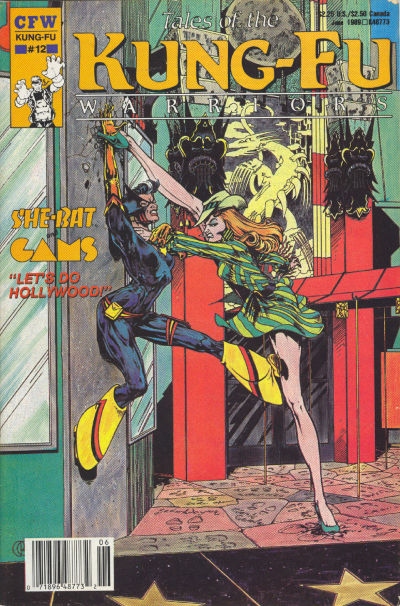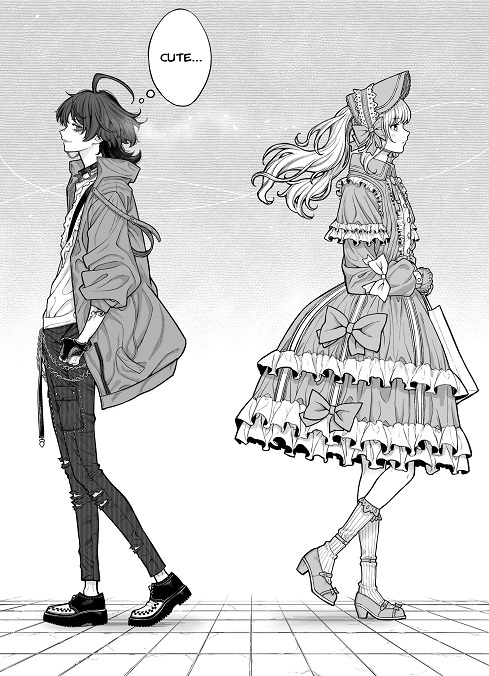The second issues of Starslayer, Mike Grell’s attempt to rekindle the success he had with Warlord for DC by essentially creating Warlord… In Space. But that’s not important right now as this is also the debut for Dave Stevens’ Rocketeer!

I actually didn’t know I had this until after I moved and started cataloguing my comics the other day — using the Grand Comics Database‘s free service to do so. One of those issues I picked up at a comic con or comic shop’s back issue bins sometime in the nineties. My first issue of this series was number four, picked up because I had been a Mike Grell fan ever since I saw Warlord reprinted in the Dutch Batman comics. That issue had a fan letter from none other than Bill Mantlo praising The Rocketeer, as well as a few others gushing about it.
The Rocketeer would run in issue two and three of Starslayer before it continued in Pacific Presents 1 and 2. For what was basically Stevens first feature, he hit a homerun. Never particularly prolific it would take years and several publishers before the story started in this issue would be completed. Nevertheless, it was popular enough to be made into a movie in 1991. What struck readers was not just Stevens’ incredible art, on a par with e.g Steve Rude, but the setting and how he mixed and matched famous real life people with equally famous pulp characters. The Rocketeer’s girlfriend is Bettie Page; the one after the rocket pack is Doc Savage. Back in 1982 this sort of thing was unheard of.
As for Starslayer, as Grell himself put it, it was intended as the exact opposite of Warlord: instead of a modern man flung into a barbarian world, it stars a barbarian transported to the far flung future, from his own Celtic era fighting Roman oppression to a time when the Sun has gone nova. It is his job, together with Tamara, the scientist who plucked him from his time, to prevent the total destruction of Earth and the Solar System.

The series lasted only six issues at Pacific Comics before Grell jumped ship to First. By the eight issue Grell had stopped doing the artwork for it; by the ninth he had handed over the writing to one John Ostrander. Ostrander, together with new artist Timothy Truman, would wrap up the story and take the series in a new direction. Ironically, just as with the Pacific Comics version, at First too Starslayer would have a backup feature overshadowing the main story, as with issue ten Ostrander & Truman’s Grimjack would start running. ultimately Starslayer lasted 28 issues for a total of 34 at First. Grell himself would come back and do a ‘directors cut’ of the first six issues in the nineties for Acclaim/Valiant.
Pacific Comics was one of the original independent publishers made possible by the creation of the direct market in the late seventies and early eighties. It was originally a distributor of comics to comic shops and saw its chance to publish it own series. Active from 1981 to 1984, it published various high profile creator owned titles. Apart from Grell, there was also Jack Kirby doing various superhero titles, Sergio Aragonés debuting Groo the Wanderer as well as Berni Wrightson, Bruce Jones and Arthur Suydam. For various reasons, mainly due with the collapse of the distribution sid, the company went bankrupt in 1984, most titles ending up at rival independents like Eclipse or First.



